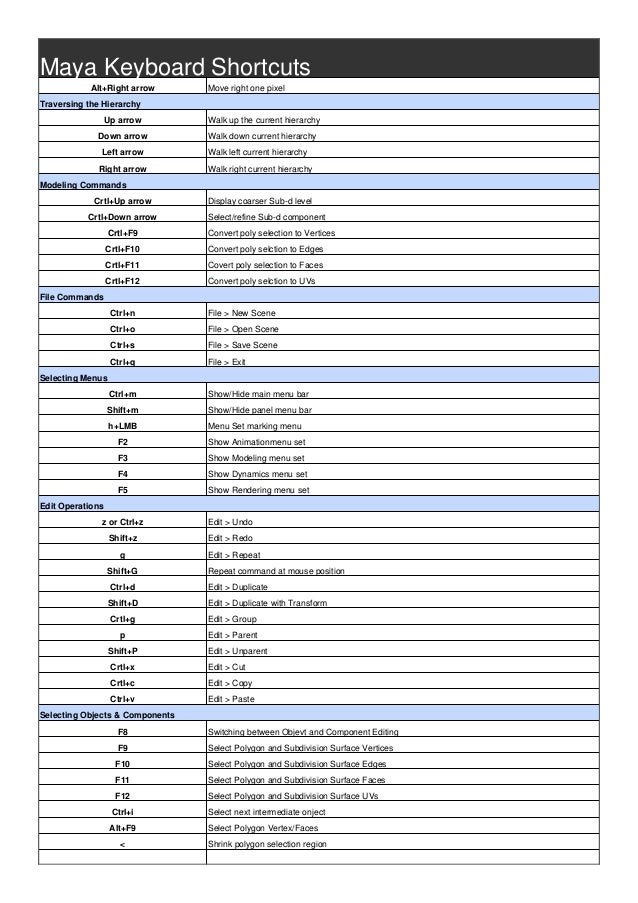
The captured traffic in this above example will be in /mnt/cifs-traffic.pcap. An excellent overview presentation describing using wireshark to trace SMB workloads can be found at In particular you'll want to modify the capture filter depending on what machine you're running the capture on, etc. of course, tcpdump has a lot of options, so these are just an example. # tcpdump -i eth0 -s200 -w /tmp/cifs-traffic.pcap host cifs_ and port 445 Or alternatively if this is a large capture, and you want to limit the size to a reasonable maximum (200 bytes) try:

# tcpdump -i eth0 -s0 -w /tmp/cifs-traffic.pcap host cifs_ and port 445 That also makes it possible to send it to someone who can do some analysis on it.

In that case, it's often easier to capture the network traffic in binary format to a file and then feed it into an analyzer to look over it. In many cases however, it's not easy or possible to run wireshark directly on one of the hosts. The easiest way to do this is with wireshark which is a graphical network analysis tool. It's sometimes helpful to capture wire traffic between the client and server.
DMESH KEY COMMANDS CODE
The CIFS code contains a number of debugging statements that can be enabled. if you're able to mount the host, get the contents of /proc/fs/cifs/DebugData.A description of the CIFS server with which you're having trouble (Windows version if it's windows, samba version if it's samba, name of the appliance if it's something else).A clear, concise description of the problem.The mount.cifs version you're using ( mount.cifs -V).The kernel version you're using (the output of uname -r).

When asking for help, it's best to provide some basic info: 17 figures.The best place to ask for help with Linux CIFS is on the linux-cifs mailing list. Appendixes containing a sample SLIC session, a sample user subroutine, command syntax, and an error summary are also provided.
DMESH KEY COMMANDS MANUAL
This manual includes the following sections: introduction, conventions used in this manual, running SLIC, important comments and SLIC facts, handling errors, fundamental commands, 1-D generation commands, 2-D generation commands, 3-D generation commands, node numbering commands, sliding interfaces, information commands, control commands, display commands, special commands (boundary conditions, mesh enhancement, miscellaneous), and user subroutines. Improvements over earlier codes include the following: interactive or batch input or a combination, interactive error recovery, compressed data storage, stacking of input commands, selection of analysis code input file structures, interactive HELP package, alphabetic keyword input options, free-form input, error-corrected condensed RERUN command file, interactive NEWS package, and interactive real-time graphics display with option of creating a file for hard copy. Elements are constructed after their corresponding nodes have been generated and verified. Only a few key points (to describe the model geometry adequately) need be input with discrete coordinates. SLIC was designed to automate the mesh generation procedure by relieving the engineer of much of the computational effort.


 0 kommentar(er)
0 kommentar(er)
